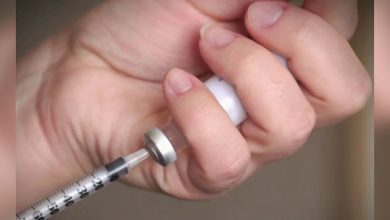DCHHS raises alarm over West Nile virus outbreak
The Dallas County Department of Health and Human Services has reported a rise in cases of the West Nile virus, as per Dallas Metro News. This year, 19 cases have been confirmed, with most of them being reported in the last 30 days. The first case in Dallas this year was identified in July.
The department’s data shows that 15 out of these 19 patients, or 79%, have been diagnosed with West Nile neuroinvasive disease. This form of the virus aggressively affects neurological functions. This has resulted in two deaths linked to the infection.
Most of these cases, 16 out of 19, were found within the Dallas city limits. The cities of Irving and Grand Prairie reported two and one cases, respectively. Notably, the Lake Highlands and Lakewood areas, specifically in ZIP codes 75231 and 75243, each reported two cases.
The department has also found the West Nile virus in mosquito samples from Lake Highlands and Lakewood in ZIP codes 75214, 75238, and 75243. A detailed list of affected ZIP codes is available on the DCHHS website.
In contrast, only three human cases were reported in 2022. Christian Grisales, a spokesperson for the department, suggests that this year’s rise might be due to increased outdoor activities following the easing of pandemic restrictions. Reduced use of insect repellents is also believed to be a factor.
Grisales has been quoted by Community Impact, saying, “As people are returning to the new normal and going back to enjoying outdoor activities, that’s probably the reason why we’re seeing more cases.” He advises residents to be cautious as mosquito activity is expected to increase with dropping temperatures.
Grisales further emphasized the importance of monitoring symptoms after a mosquito bite, saying, “We want people to know that if you have a mosquito bite, you should monitor your symptoms, and if you need to seek medical attention, do so immediately.”
The West Nile virus primarily spreads through infected mosquito bites. Mosquitoes become carriers after feeding on infected birds. Although rare, other transmission methods include blood transfusions, organ transplants, and from mother to child during pregnancy or breastfeeding.
The Centers for Disease Control and Prevention (CDC) state that only one in five people infected with the virus will show symptoms. These can vary from fever and headache to more severe issues such as joint pains, vomiting, and diarrhea, sometimes accompanied by a rash. Symptoms appear three to fourteen days after being bitten. Most recover, but fatigue can last for months. The risk is higher in the summer and fall, with no specific vaccine or treatment available yet. However, over-the-counter pain relievers can help manage symptoms.
To reduce the risk, the DCHHS recommends the ‘Four D’s’:
- DEET: Use insect repellents containing DEET or other EPA-approved formulations.
- Dress: Wear long, loose, and light-colored clothing.
- Drain: Remove or treat standing water to prevent mosquito larvae growth.
- Dawn and Dusk: Limit outdoor activities during early morning and evening when mosquitos are most active.
Grisales concludes by emphasizing the importance of prevention, saying, “Mosquitos aren’t going anywhere—they’re going to be around. What we can do to prevent mosquito bites is what will make a difference.”





